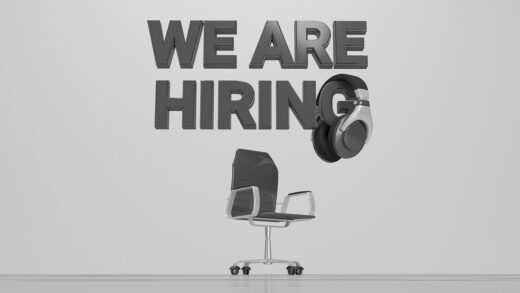
The Complete Challenging Ageism in the Job Market for Experienced Workers Resource
Understanding Ageism in the Job Market
Ageism remains a significant barrier in today’s job market, affecting both older and younger workers. This discrimination can manifest in various ways, from hiring biases to limited opportunities for advancement. As of 2023, research indicates that 61% of older workers have experienced age-related discrimination, highlighting the urgent need for strategies to combat this issue. Understanding the scope of ageism is critical for aspiring professionals seeking to navigate their careers effectively.
Identifying Ageism’s Impact
Ageism not only impacts individual job seekers but also has broader implications for workplace diversity and inclusion. Companies that fail to address age discrimination may miss out on a wealth of experience and knowledge that older employees bring. Conversely, younger workers may face biases based on assumptions about their capabilities. According to the U. S. Equal Employment Opportunity Commission, age discrimination complaints have risen by 20% over the past decade, emphasizing the need for systemic change in organizational policies.

Promoting Diversity and Inclusion
To combat ageism, organizations must prioritize diversity and inclusion initiatives. This involves creating policies that promote equal opportunities regardless of age. For instance, companies like IBM have implemented training programs focusing on unconscious bias, resulting in a 30% increase in diverse hiring practices. By fostering a culture that values all ages, businesses can leverage a diverse workforce to drive innovation and performance.

Implementing Actionable Strategies
Job seekers can take specific steps to mitigate the effects of ageism in their careers. First, they should emphasize continuous learning by acquiring new skills relevant to their industries. According to LinkedIn, professionals who engage in ongoing education are 45% more likely to be hired. Additionally, networking with individuals across various age demographics can provide valuable insights and opportunities. Finally, tailoring resumes to highlight relevant experience without age-related indicators can help circumvent biases during the hiring process.
Utilizing Support Networks
Having a strong support network is crucial for combating ageism. Job seekers should consider joining professional organizations that advocate for diversity and inclusion. These networks can provide resources, mentorship, and job leads that are less susceptible to age discrimination. For example, AARP offers career resources and networking opportunities specifically aimed at older workers, helping them to connect with age-friendly employers.

Measuring Progress and Success
Lastly, it’s essential for both individuals and organizations to track the effectiveness of their anti-ageism strategies. This can include monitoring hiring statistics, employee satisfaction surveys, and retention rates. Companies that actively assess their diversity and inclusion metrics are better positioned to identify areas for improvement. Research shows that organizations with diverse workforces are 35% more likely to outperform their competitors, reinforcing the business case for embracing an age-diverse workforce. In conclusion, addressing ageism in the job market requires a concerted effort from both employers and job seekers. By implementing actionable strategies, promoting diversity, and utilizing support networks, individuals can navigate their careers more effectively in an age-inclusive environment.




